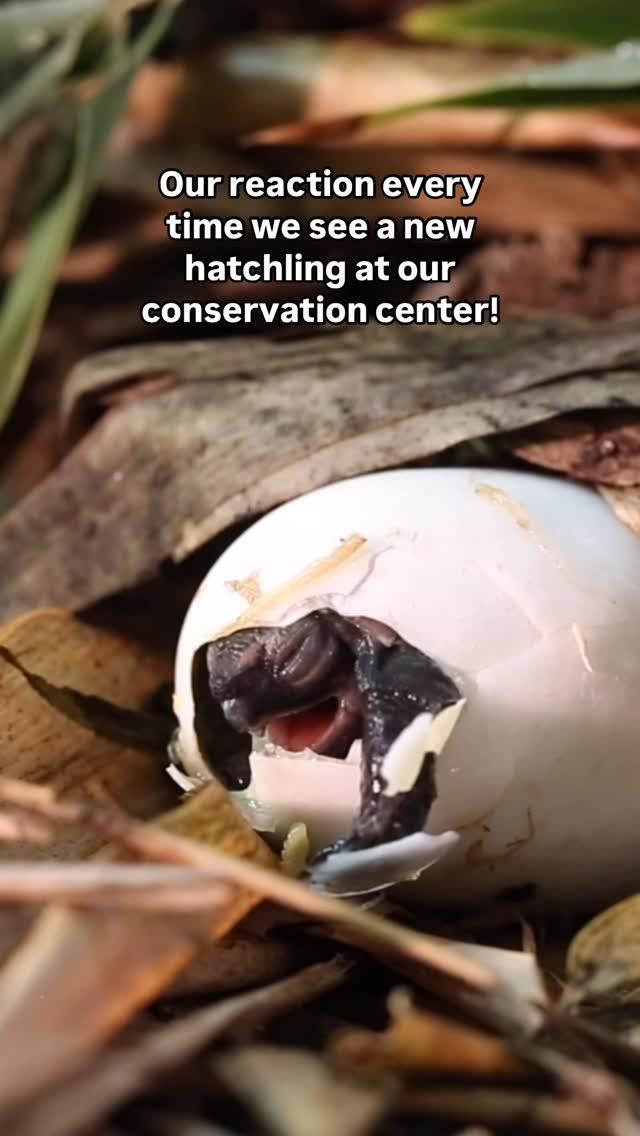- The lifecycle of animal birth and the importance of welcoming new life in wildlife and zoo contexts.
- The role of zoo management in supporting the health and well-being of newborn animals.
- The significance of sharing animal births as a tool for wildlife conservation and public education.
- Techniques and practices for nurturing newborn animals in captivity.
- The impact of social media on wildlife conservation efforts through sharing of animal images and stories.
The birth of an animal is both a miraculous and pivotal event that signifies hope for the continuation of species. In the natural ecosystem, every birth plays a crucial role in maintaining the balance and diversity of life. Similarly, when an animal is born in a zoo or wildlife sanctuary, it symbolizes efforts toward conservation and species preservation. Zoos around the world engage in complex and well-coordinated plans to welcome these "little guys" into our world. The intricacies of animal reproduction and early-life care are diverse, requiring expertise and commitment from zoo management teams to ensure newborn animals reach maturity successfully.
Managing the health and well-being of newborn animals within zoos is critical to conservation goals. Zoo management teams work diligently to create optimal environments that mimic the natural ecosystems of each species, which in turn supports their physical and psychological needs. For instance, temperature control, suitable habitats, and appropriate social structures are essential components. The newborns are monitored closely to track their growth and development, addressing any health issues that might arise. Veterinary staff employs state-of-the-art technologies and methodologies to safeguard against diseases and support the early development of these animals. Such comprehensive care is pivotal, as any lapse may have long-term impacts on the animal’s health and survival.
In addition to their role in species survival, animal births provide an excellent opportunity for public education and involvement in wildlife conservation. By welcoming and sharing the news of new arrivals with the community, zoos create awareness and promote conservation efforts. Engaging visitors with firsthand stories of these animals helps them understand the significance of conservation projects and fosters a connection with wildlife. Educational programs and interactive exhibits often accompany these announcements, offering insights into the species’ natural history and conservation challenges they face in the wild. This educational outreach inspires future generations of conservationists and instills a sense of responsibility for protecting our planet’s biodiversity.
The nurturing of newborn animals in captivity requires employing careful strategies suited to each species’ needs. This entails a combination of human intervention and minimal human interference to encourage natural behaviors. For instance, species with complex maternal bonds may need a more hands-off approach, allowing the animal parent to manage feeding and bonding. In contrast, when an animal parent rejects its young or when hand-rearing is necessary due to health concerns, human caretakers must step in to mimic these natural processes as closely as possible. The practices of feeding, cleaning, socialization, and environmental enrichment are tailored to each species, ensuring the animal develops properly and gains the skills it needs to thrive. Success in these early stages often means a higher chance of successful reintroduction into the wild if appropriate, or improved breeding success in captivity.
Social media profoundly influences wildlife conservation by enabling zoos and sanctuaries to share the stories of animal births with a global audience. By documenting these events and sharing images and videos, zoos can extend their reach beyond their immediate visitors. These adorable visuals not only capture public interest and love for wildlife but also play a critical role in driving support for conservation causes. Campaigns and fundraising initiatives leverage this interest, translating it into tangible resources and awareness-raising efforts. As images of animal births and nurturing moments go viral, they serve to educate and mobilize a global community toward proactive conservation actions.
Through the intricate interplay of zoo management, educational outreach, conservation strategies, and the strategic use of social media, the cycle of life for animals receives the nurturing environment it requires for continuity. Every aspect highlights our collective responsibility in crafting a sustainable future for animals in wild habitats and within human care, ensuring that every birth becomes a beacon of hope in the concerted global conservation effort.
*****
Source Description
We love welcoming these little guys into the world. Share this cuteness overload with a friend to brighten their day 🌞


